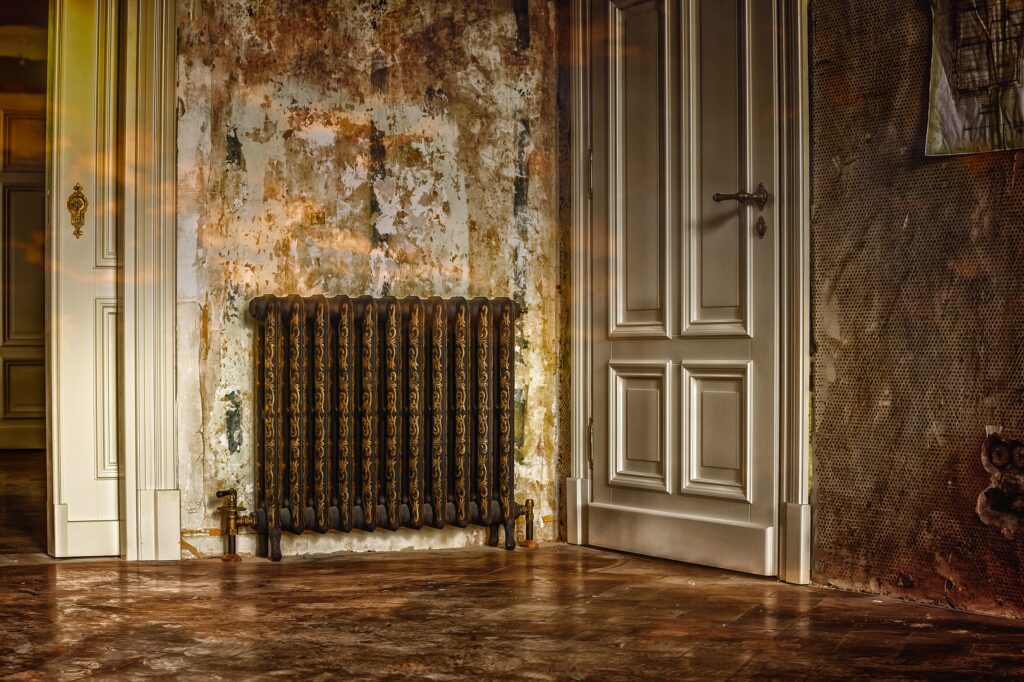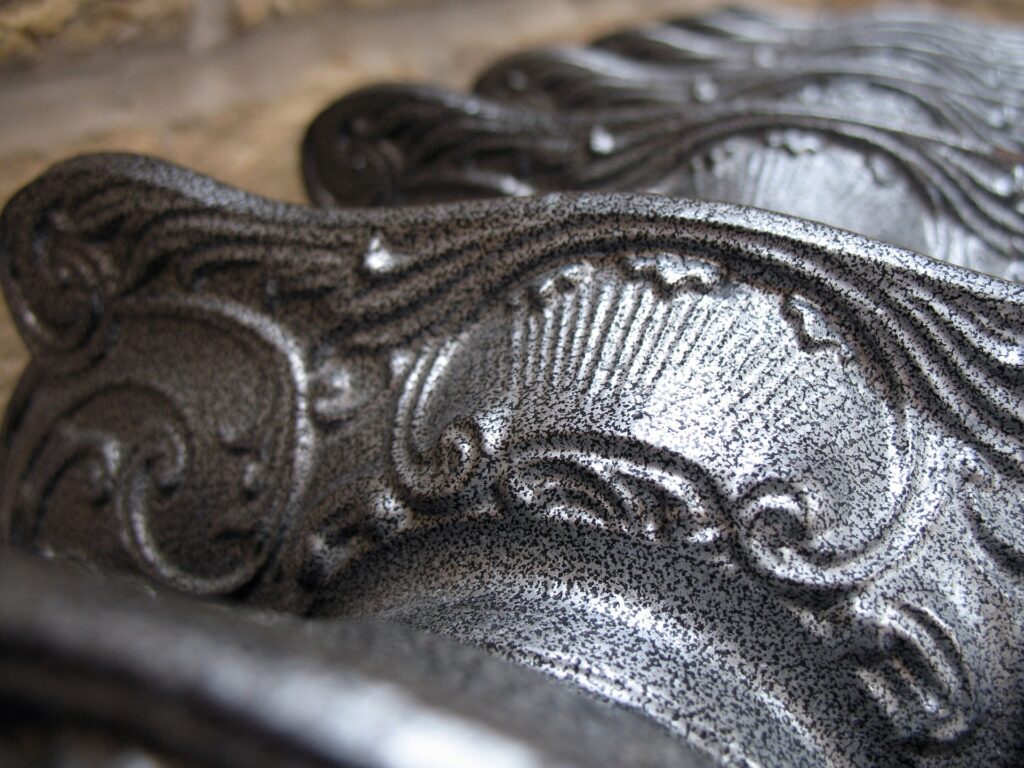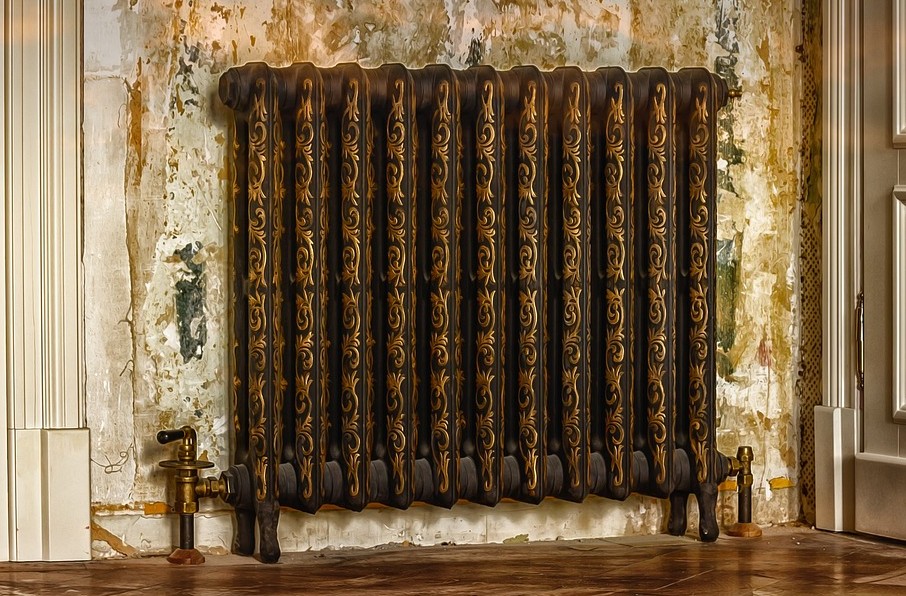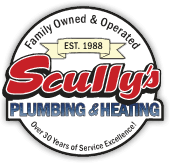
Did you know that with the right expertise cast iron vintage radiators can be fully restored to operate on a modern heating system? Despite what you might have been led to believe, most restored radiators are compatible with heat pumps, thermostatic valves, and biomass boilers.
Vintage cast iron radiators have a distinctive appearance that many people love. You can have a modern or more traditional-styled home and still use a beautifully restored vintage cast iron radiator. However, when purchasing an antique radiator or upgrading your current one at home, the process can be fairly complex as most will need a fair amount of work to be returned to their former glory.
Fortunately, companies like Scully’s Plumbing & Heating specialize in removing, installing, and restoring vintage cast iron radiators. In our article, we’ve discussed the restoration process so you can decide if it’s something you want a professional to undertake for you. Let’s dive in.
Before You Get Started With Refinishing Cast Iron Radiators
Before we discuss the process surrounding restoring vintage cast iron radiators, we think it’s an excellent idea for you to learn a few of the tips you need to keep in mind. These tips will help ensure your radiator restoration project doesn’t experience any difficulties.
- Remember to remove the old fittings: Before a radiator can be properly restored, the old fittings need to be removed, and new cast iron brushes that are compatible with modern thermostatic radiator valves fitted. There are exceptions to this rule, and a professional heating expert will be able to tell you about them.
- Don’t forget about pressure testing: When a vintage cast iron radiator has been restored, it must be pressure tested before it can be installed. To pressure test a radiator, it is filled with water to determine how well it would perform if it were connected to a working central heating system. A radiator can be installed if no leaks occur during this testing process.
- Disposing of chemicals safely is crucial: Most states have strict regulations surrounding the disposal of toxic chemicals. So regardless of if you complete a DIY refurbishment project or hire professionals, the chemical disposal process needs to be taken into account, and choose a company that adheres to state regulations.

What Is The Process Of Restoring Cast Iron Radiators?
Now that you know what to keep in mind, you’re likely more curious than ever to learn more about restoring a vintage cast iron radiator.
Yet, before we detail the steps, it should be noted that if you don’t hire a professional (which we don’t recommend), you must complete the restoration process outside. Additionally, radiators are immensely heavy, so DIY might not be the best bet.
- Remove All Existing Paint
If you leave layers of old paint on your vintage cast iron radiator, it will look unattractive and prevent your radiator from working the way it should. Additionally, depending on how old your vintage radiators are, the paint could include toxic lead, which you don’t want in your home.
That’s why the first step in restoring a vintage cast iron radiator is removing all existing paint. Often the easiest and safest way to remove all the existing paint is to have the radiator sandblasted. If you know the paint is lead-free, and there isn’t too much to remove, it can be removed with wire or a hard bristled brush and sandpaper, but you might have some leftover paint with this method.
- Thoroughly Clean The Radiator
Once a radiator has had its old paint removed, it must undergo a thorough cleaning process. Suppose a professional is restoring your radiator. In that case, they will use dryer vent brushes to get between the sections to clear away any dust and dirt that has settled on a cast iron radiator.
In addition, during the cleaning process, a TSP substitute will be used to remove grease and dirt and de-gloss the radiator’s surface to prepare it for fresh paint. After this, a professional heating expert will rinse the radiator and leave it to dry.
- Use A Premium Quality Paint Primer
Once a vintage cast iron radiator has completely dried, a premium quality paint primer will prime it before it is painted. If there is rust on your radiator’s surface, it will need to be sanded and a special type of primer used.
If there is no rust, numerous oil-based primers can be used, but you must be careful that no water-based or latex primers are used on your vintage cast iron radiator, as this could cause rust. Since finding the right paint primer can be challenging, it’s often best to leave it in the hands of a professional with experience priming vintage cast iron radiators.

- Carefully Paint The Vintage Cast Iron Radiator
After a vintage cast iron radiator has been primed with the right product, it’s time to paint it. Not all paints can be used, so the paint chosen for your radiator must be designed for radiators or high heat.
Additionally, often it’s best to have your cast iron radiator spray painted to ensure the entirety of it is covered with an even layer of new paint. Moreover, you should opt for a glossy finish as it will make it easier to clean and maintain.
Yet, if your radiator’s surface is mottled, it might be better to use matte paint to lean into the vintage style.
Speak With An Expert At Scully’s Plumbing & Heating To Discuss Restoring Your Cast Iron Vintage Radiators
The restoration process is simple, but it can be difficult and time-consuming if you don’t have the relevant experience. If you want to have your radiators removed or restored, you should consider Scully’s Plumbing & Heating.
Our team has experience restoring vintage cast iron radiators and can help you blend the old with the new. We can also help maintain it and are available for repairs should any arise. All you need to do is contact us, and we’ll arrange a call-out and quotation.


